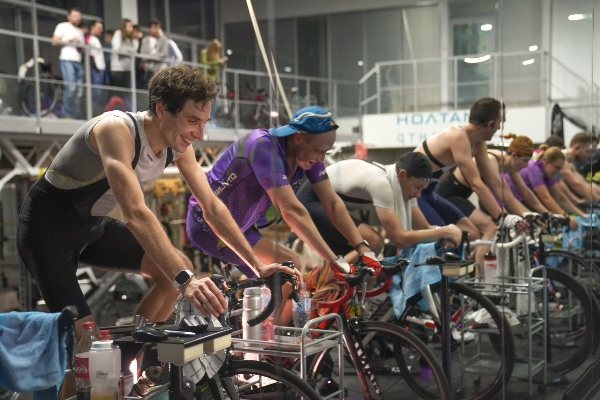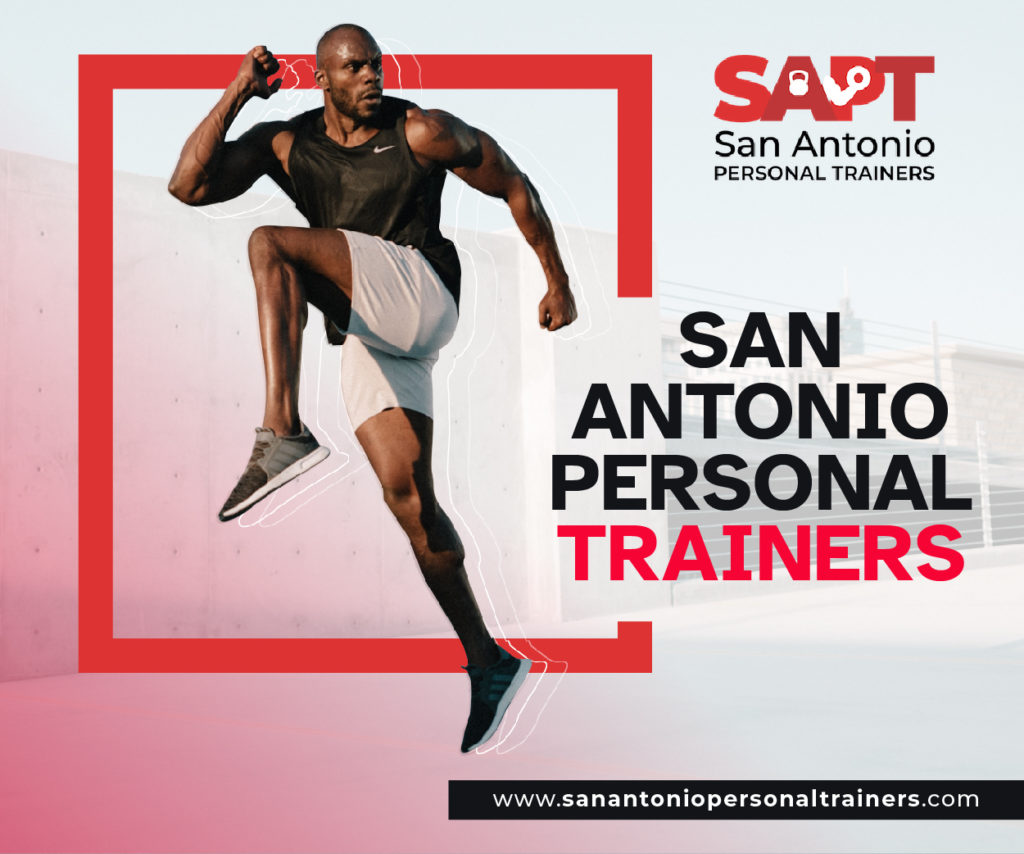The secret ingredients of Ironman triathlete Bob Byard’s success
By Kelly A. Goff
Local triathlon and multisport coaching phenomenon Bob Byard wants to know just one thing when he meets a fellow athlete: “Are you in my age group?” he’ll ask with a glint in his eye. He sports his competitive spirit on a specially-made logo T-shirt that says, “I don’t care how fast you are. You’re not in my age group!” More concerned with attaining personal goals than finishing first, Byard’s mantra is “pace and patience.” “Sometimes I’m more of a competitor, not competitive,” he says. It’s served him well through 12 Ironman triathlons, six Team USA ITU World Championships, 19 marathons and numerous other fitness competitions.
At any age, his event record is impressive. But how many 63-year-olds can say they’ve done an Ironman triathlon EVERY YEAR for the past 12 years? Maybe you’re thinking superior genes, professional coaching, a lifetime of competitive athletics, but this self-described fitness “late bloomer” doesn’t fit any of those stereotypes. He wasn’t active as a child and didn’t complete his first marathon until he was 35. What got this retired Air Force lieutenant colonel moving? “I spent four years in a nuclear missile silo, and my uniforms started to shrink,” Byard quips. “I had run, off and on, when I needed to pass the military’s physical fitness tests, but I really started to like it in the late ’70s. I blame my wife for giving me the marathon bug. After we moved to San Antonio in 1980, she saw an ad for the now defunct SA Marathon Clinic and said if I liked running so much, I should try a marathon. I told her she was crazy, and nobody in his right mind runs 26.2 miles in one stretch. Then I went and checked it out,” he laughs.
Being a people person, as well as goal oriented, the marathon club was a perfect fit for Bob. He ran exclusively for a number of years. Then when he was stationed in Naples, Italy, he completed a sprint triathlon in a dormant volcano (that’s another story…). It was his first multisport experience. “Most athletes, especially runners, seem to eventually gravitate to multisports,” he says. “In my case I was getting kind of bored and needed a new challenge; others may get injured and want to stay fit, plus you figure out it’s great cross-training.”
At age 51 he completed his first Ironman in Germany. “My philosophy is to take small bites of the elephant. I started with running small distances, moved to marathons, then duathlons and triathlons. None of this happens overnight. You have to work up to it, set goals and reach them in increments,” he says.
From here to there
Much of Bob Byard’s success with multisports can be attributed to the way he approached his military career. “In the military you’re always preparing for something, learning new things, ‘checking off’ boxes on objectives you’ve completed, then looking toward the next goal. I like that approach and have applied it to many aspects of my life,” says Byard.
One example of his relentless motivation was when he retired. “We were in Europe, and my wife still had another year in civil service before she could retire. So I got involved with the national ski patrol, which entailed taking an outdoor emergency care course. It’s the same course EMTs take here in the States,” he said. “I liked the interaction with people. So when we got back to San Antonio, I took the intermediate EMT course at San Antonio College and started volunteering in Boerne, Texas. They paid my tuition to take the paramedic course; next I got certified as a National Register EMT-P and I continue to keep current.” Like a Nike poster child, Byard sets his sights on a goal and just “does it.”
Coach Byard
Like some athletes, Byard isn’t selfish or aloof. He’s friendly and totally willing to share the knowledge and experience he’s amassed these past 30+ years with beginners and veterans alike (so long as you’re not in his age group!) In fact, his natural inclination to help others has morphed into a multisport consulting business called Lonestar MultisportsTM (www.lonestarmultisports.com), where he offers individualized guidance and training plans to a variety of athletes.
“It started out with my just giving free advice to people who I’d see while training or at events,” he says. “They’d ask me how they should train for a certain event, and I’d get a napkin and scribble out a very generic plan for them right there. Soon I figured out that a lot of people don’t follow advice, good, bad or otherwise, unless they’ve invested time AND money into it, so I started my coaching business a few years ago.”
Currently he coaches 12 clients that run the gamut in skills, experience and goals. “I have everything from someone training for Army Special Forces selection to Ironman for next year,” he says. “My niche is one-on-one coaching. I don’t do groups because you can’t give individualized attention — if you have too large a group, you end up ‘herding cats.’ I really enjoy helping my clients realize they can do more than they thought possible if they put their minds to it, have a goal, a plan and truly prepare themselves. In the end, it’s all about having some fun along the way. In some instances, if someone isn’t having fun, he or she needs to find another coach, or I may need to find another client.”
Free advice
What advice does Byard have for beginners considering signing up for their first marathon or triathlon? “Either get a coach or, if you’re going to self-coach, talk to some of your successful contemporaries,” he advises. “Be cautious at the beginning of training so you don’t end up having to recover from physical injury or mental burnout. Get a plan and schedule that fits your lifestyle and time constraints, and then look for a group you might train with. There’re Masters swim programs in the city, as well as running and cycling clubs.” Byard also underscores the importance of balancing the frequency, duration and intensity of your workouts. “This is where the right training plan is crucial. Training should not be linear. Avoid approaching your training like cooking a potato in a microwave, e.g. cooking it until it explodes and then adjusting the timing and cooking the next one five minutes less. You’ve got to be smart about it, or you’ll get injured and frustrated,” he says.
Just desserts
After spending 34 years in the Air Force on their schedule, Byard is happily structuring his training, coaching and projects according to his timelines. Of course, that doesn’t mean lounging in a hammock sipping sweet tea. It’s more along the lines of coaching one of his clients to become a professional triathlete next year (and ultimately to the 2012 Olympic Trials). Short term, he’s pursuing his own training as a member of Team USA at the ITU Long Course World Championship in Australia in November.
Byard says, “My motto is ‘Life is short. Eat dessert first.’ I’m eating dessert right now. And I’m thinking of having seconds.”
Inspired to Tri?
Bob Byard’s story is proof you can set and achieve fitness goals at any age. Local San Antonio multisport association, Team Alamo (www.teamalamo.org), is open to people of all ages and abilities. They promote triathlons, duathlons, adventure racing, training events, social events and having plenty of fun along the way! If you’re feeling shy or intimidated by the idea of training for a triathlon or other multisport event, contact Team Alamo. They’ll find an experienced member to mentor you through your training and race preparation. Check out other local clubs, such as the SA Wheelmen (www.sawheelmen.com) and SA RoadRunners (www.saroadrunners.com) for additional information and support.






